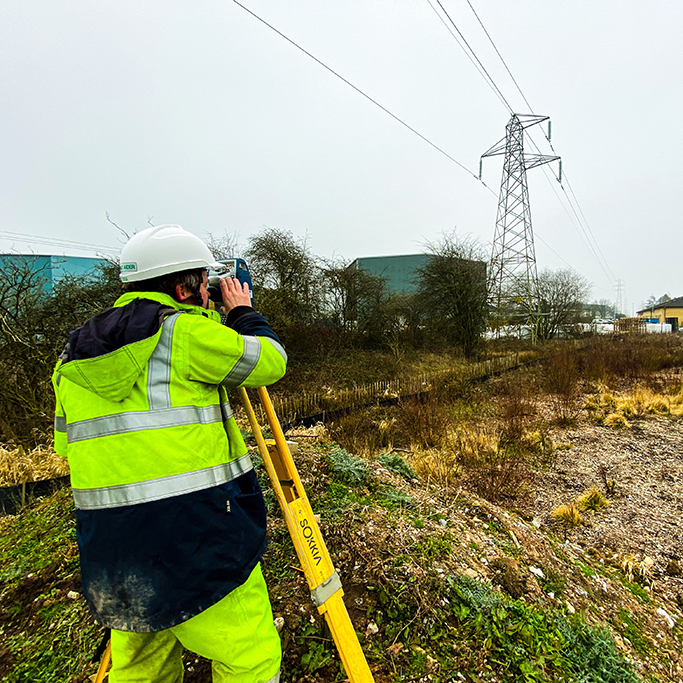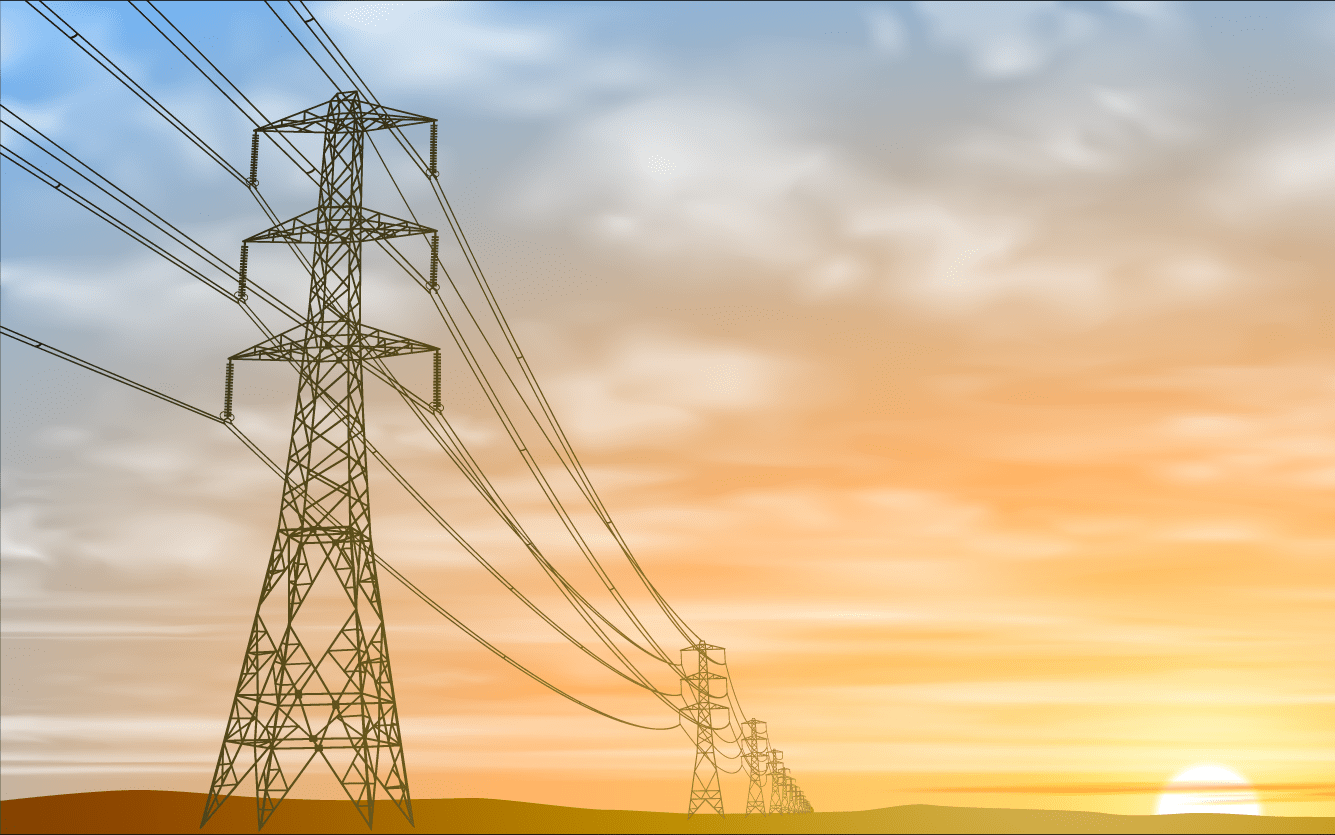Measuring the sag and swing of powerlines is vital to ensuring a reliable, safe electricity network. Powerline sag and swing refer to the distance between the bottom of a line conductor and its supporting structure due to the tension, weight or wind load. Regular measurements are essential for preventing accidents caused by lines coming into contact with structures or vegetation below them. Knowing the exact distance between powerlines and their supports is essential for ensuring any proposed works can be done safely and in compliance with the laws on conductor clearance. By measuring powerline sag and swing regularly, engineers can detect if any changes in tension occur, which could put the lines at risk of coming into contact with other objects. This allows potential problems to be identified before they become serious issues that could lead to outages or even danger to the public. Furthermore, accurate measurements enable engineers to design better support systems that improve overall electric network safety.
Swing clearance surveys are usually conducted by a two-person team consisting of a surveyor and an assistant. First, the surveyor establishes control points using a survey grade GNSS (GPS) receiver to ensure the survey is located at Ordnance Survey OSGB coordinates. The advantage of using OSGB as a reference is that the recorded data can be overlaid on existing and proposed records. Once the survey location is established, the attachment points of the conductor are recorded as well as any features within the vicinity of the overhead line. Usually, these measurements are recorded with a Total Station, but we also use 3D Laser Scanners if the site is complex. After the field survey is completed, the data is downloaded back to the office, and a 3D model of the powerline is created. Once the 3D model has been analysed to determine the actual conductor sag and swing at the line's maximum operating temperature, a set of 2D profiles are produced to help understand the constraints. At this stage, any proposed development can be overlaid and a risk mitigation strategy can be discussed with key stakeholders.
The Electricity Safety, Quality and Continuity Regulations 2002 (ESQCR) detail the UK's statutory requirements for power lines. Part of these requirements is to maintain a safe distance from live conductors. To comply with the regulations, all measurements must be determined at maximum conductor temperature. It's not enough to simply measure the distance to a conductor on site. Under fault conditions, a power line can sag significantly more than in normal operating conditions. A swing clearance survey ensures these factors are accounted for, thus ensuring compliance with the ESQC regulations. Using a specialist contractor to perform a swing clearance survey makes sure you comply with the law and prevents costly mistakes from relying on only basic measurements.
We use a combination of Survey Grade GNSS (GPS) to conduct a swing clearance survey, specifically a Carlson BRx7 with an integrated till sensor. A Sokkia CX Series Total Station using Carlson SurvCE/PC and our DJI M210 industrial drone. We use Agisoft Metashape photogrammetry software, AutoCAD Map3D, and Optimal Pole/Tower CAD to produce our drawings.

It is important to measure the location of any electricity line to determine the conductor sag and swing to prevent accidental contact with energised conductors.


One of our team will be in touch soon